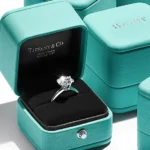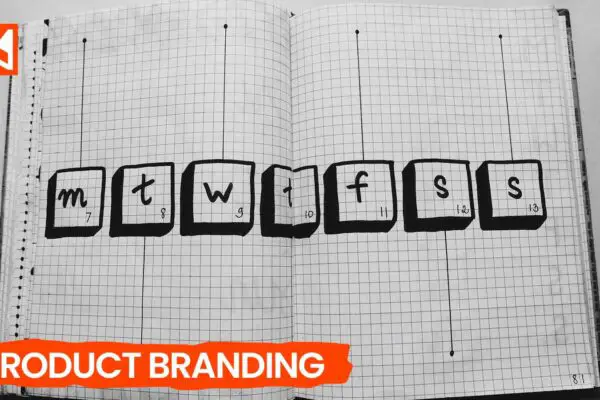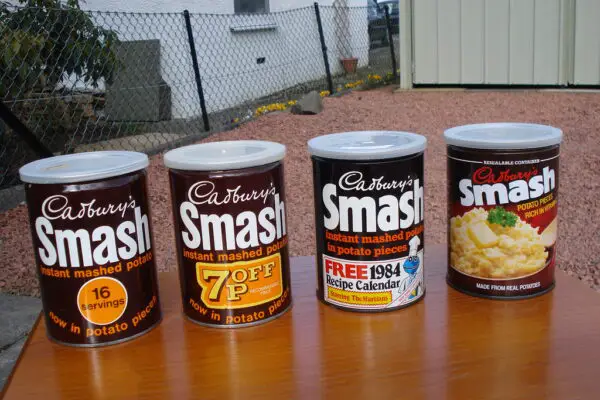Let’s demystify the concept of a brand promise. It’s essential to understand that your brand promise isn’t merely a catchy tagline, a slogan, a value proposition, a USP (Unique Selling Proposition), or even a vision, values, or mission statement. Contrary to popular belief, it’s not something like Nike’s “Just Do It” or McDonald’s “I’m Lovin’ It.” Imagine if someone told you, “I’m gonna promise you something,” and then followed with “Just do it.” You’d rightly think, “That’s not a promise.”
What is a Brand Promise?
When you craft a brand, a pivotal exercise is to develop your positioning strategy. This involves understanding your audience intimately, analyzing competitors, identifying market gaps, and determining the unique value you bring to your audience’s lives. This distinctive value becomes the space your brand occupies in your audience’s mind, representing an experience they can expect.
Philip Kotler, known as the “Father of Modern Marketing,” defined positioning as designing your offering and image to hold a distinct place in your target market’s mind. Your brand’s difference, the impact it has on your audience, is what lodges in their minds, while the promise, whether explicit or implied, is the actual experience your audience receives based on that difference.
Brand Promise Vs Brand Positioning Statement
Your brand position is expressed through the positioning statement, detailing crucial elements like your audience, their challenges, the key benefits, competitive alternatives, and your unique selling points. However, this statement isn’t designed for public consumption; it guides internal stakeholders and informs external communications.
On the other hand, the brand promise, whether stated explicitly or implied, is outward-facing. It assures customers that beyond receiving a unique selling point, they’ll have an overall experience embodying that difference. Surprisingly, many successful brands never articulate a customer-facing promise. They start with a well-defined brand identity, craft a positioning statement to outline their unique selling points, and use a tagline to implant that distinction in their audience’s mind. But remember, the brand promise is more profound than just the tagline—it encompasses the holistic experience customers can anticipate, going beyond the mere market position of the brand.
Brand Promise vs Tagline: Understanding the Distinction
In the realm of brand communication, the tagline stands out as a condensed message devised by a brand, second only to its name. Its primary purpose is to implant a distinct idea in the minds of the audience, emphasizing the brand’s unique selling point or differentiator. However, a tagline doesn’t delve into the specifics of value or experience. Instead, it aims to encapsulate the essence of the brand’s distinctiveness in the most concise and memorable way possible.
On the other hand, a brand promise extends beyond the tagline. It signifies the entire experience a customer can expect, encompassing more than just the brand’s unique feature or value proposition. While a tagline plants the initial seed of differentiation, the brand promise embodies the overall encounter a customer will have with the brand.
The Literal Promise vs The Implied Promise:
A robust brand promise is better demonstrated through actions than words. Established brands often don’t explicitly state their promise; instead, they convey the experience they are dedicated to delivering through their communication methods. Many brands, while not overtly expressing a promise, convey it implicitly through their messages, be it in content, social media posts, or advertisements. Consequently, this implicit promise can lead to confusion concerning the brand promise concept.
It’s crucial to clarify that not every brand possesses a literal promise. However, every brand inherently carries an implied promise to deliver the experience associated with the unique difference they offer. Failure to fulfill this implicit promise can severely harm a brand’s reputation and trustworthiness.
The Power of a Bold Promise:
Strategic brands seek to stand out by differentiating themselves from competitors through their unique selling points. Even if a brand doesn’t explicitly state a promise, its differentiation strategy indirectly implies a commitment to delivering that distinction. Brands that make audacious promises regarding their unique attributes garner attention and create a buzz, especially if their differentiation strategy challenges a competitor (as seen with Dollar Shave Club against Gillette).
A bold promise not only sets the brand’s reputation at stake but also exhibits confidence. For example, FedEx’s daring assurance – “When it absolutely positively had to be there overnight” – not only ensured prompt delivery but also instilled trust and peace of mind in customers. If a brand can confidently make and uphold such a promise, it can reinforce its position in the audience’s mind, fostering trust. However, a promise, if unfulfilled, can transform from an asset into a liability, hindering the brand’s competitive advantage.
Crafting a Powerful Brand Promise:
When developing a brand promise, especially a bold one, it should align with your brand’s unique market position. Begin by referencing your positioning statement, considering not only your external brand but also the internal components like purpose, mission, vision, and values. It’s essential to view the promise as more than just a singular feature but as an entire experience woven around your brand’s unique offering.
To create a compelling promise, focus on the experience, benefits, and differences your brand brings. Ensure it resonates with authenticity and believability, reflecting your brand’s commitment to deliver on it consistently. While brevity is crucial for memorability, remember, that this isn’t a tagline; it’s a profound commitment to your audience.
Once you’ve identified your promise, articulate it clearly and frequently. However, the key lies in living up to it 100% of the time. By doing so, you can carve a lasting niche in your audience’s mind.
Examples of Effective Brand Promises:
Apple: The iconic electronics giant, Apple, has built a global reputation for its exceptional design and top-tier quality. Their brand promise revolves around creating products from a distinct perspective, encouraging users to perceive the world uniquely. Their commitment is to offer a transformative experience, setting them apart in the market.
BMW: BMW’s brand promise is elegantly simple: “The ultimate driving machine.” This statement captures the essence of their dedication to crafting unparalleled driving experiences. BMW achieves this promise by meticulously attending to every detail, ensuring each vehicle meets stringent quality standards. Comfort, safety, and convenience are paramount, making the driving experience truly exceptional for every BMW owner.
Starbucks:

In a market flooded with coffee chains, Starbucks stands out as a lifestyle brand, distinguishing itself not just through affordability or convenience, but by delivering an exceptional customer experience and high-quality coffee. Their brand mission, “To inspire and nurture the human spirit—one person, one cup, and one neighborhood at a time,” goes beyond words; it’s a commitment realized through a holistic experience from the moment you step into the final sip of your drink.
Nike

Nike’s promise to “bring inspiration and innovation to every athlete in the world” extends beyond product mentions, emphasizing a broader mission of empowerment and creativity.
Geico:

Car insurance might not be the most thrilling topic, but Geico has mastered the art of making it memorable and engaging. Their marketing strategy is light-hearted, emphasizing their competitive pricing while adding a touch of humor. Through catchy tunes and the presence of Martin, their lovable mascot, Geico maintains a positive connection with consumers at every interaction. Their straightforward brand promise is crystal clear: “15 minutes or less can save you 15% or more on car insurance.”
Coca-Cola

Coca-Cola’s brand promise diverges from product specifics, aiming instead to inspire optimism and upliftment. By fostering a positive mindset, Coca-Cola positions itself as a lifestyle brand transcending mere beverage production.
BMW
BMW’s brand promise, “The Ultimate Driving Machine,” underscores its commitment to crafting superior, stylish vehicles. This bold assertion reflects BMW’s dedication to excellence in automotive engineering.
Harley Davidson
Harley Davidson’s straightforward promise, “We are Harley Davidson,” emphasizes the unique experience associated with the brand. With a rich cultural legacy, Harley Davidson’s pledge ensures a consistent and distinctive encounter with their products.
Apple
Apple’s iconic slogan, “Think different,” encapsulates their commitment to innovation and individuality. This two-fold promise encompasses both their approach to product design and their aspiration to inspire customers to view the world from a unique perspective.
H&M
H&M pledges “more fashion choices that are good for people, the planet, and your wallet,” aligning with their CEO’s vision of sustainable fashion at affordable prices.
Marriott
Marriott’s commitment to “quiet luxury, crafted experiences, and intuitive service” ensures a consistent level of quality and hospitality across their global locations. This promise underpins their success in the hospitality industry.
Final Thoughts on Brand Promise
Whether you’re currently building a brand or planning to do so in the future, it’s crucial to understand the unique value you offer. When crafting your brand promise, consider whether it will be literal or implied, and ensure it resonates authentically with your audience. Your brand promise isn’t just a statement; it’s a commitment that shapes the entire customer experience. Share your thoughts on your brand-building journey in the comments below!








![The Common Person/Everyman Archetype [Explained with Examples]](https://naumandigital.com/wp-content/uploads/2023/10/WhatsApp-Image-2023-10-14-at-2.21.15-PM-600x400.jpeg)
![What Is Brand Repositioning? [Strategies & Examples]](https://naumandigital.com/wp-content/uploads/2023/10/WhatsApp-Image-2023-10-24-at-12.51.24-PM-600x400.jpeg)